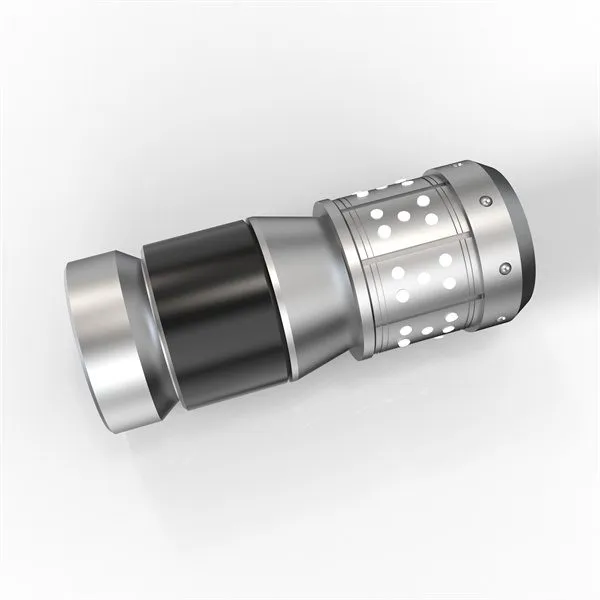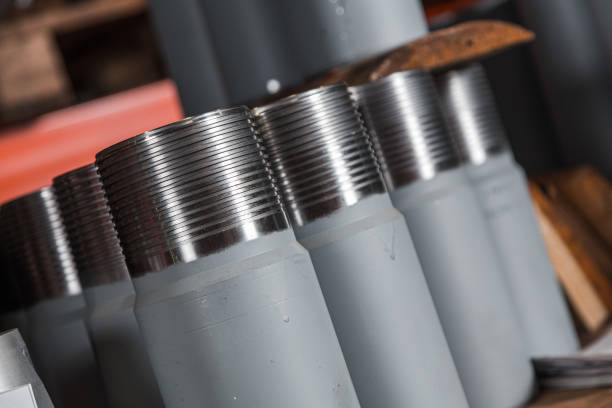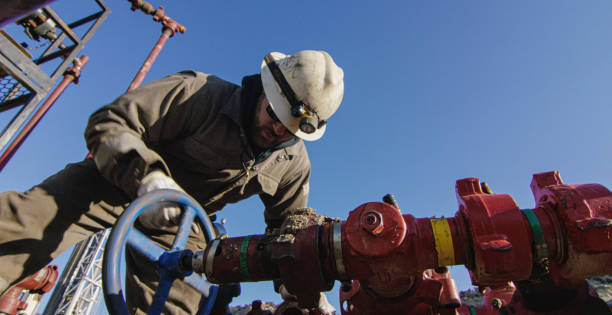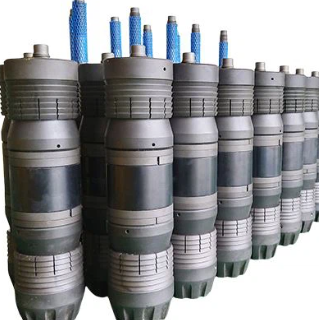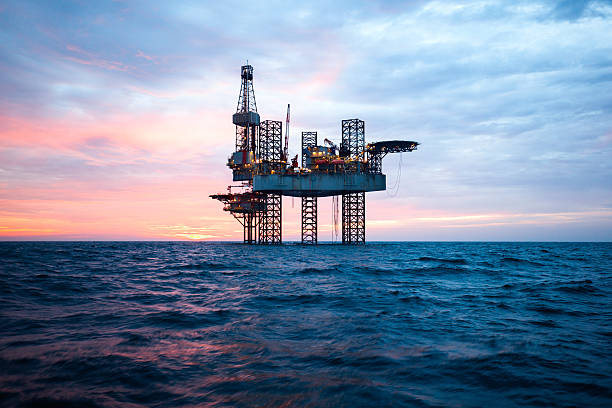English
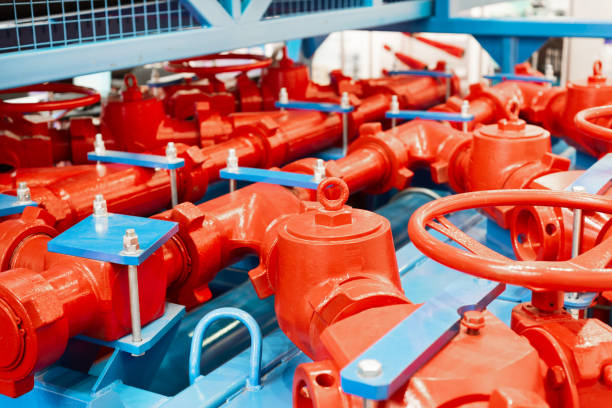
Frac Valve / Fracturing Valve
Mastering the Extreme Frac Valve

At the roaring fracturing site, tens of thousands of horsepower pump trucks violently inject high-pressure fluid mixed with proppant into the formation. Here, pressure is the power to shape wealth and the source of potential destruction. At the core of this high-pressure storm is the frac valve (Frac Valve / Fracturing Valve) – a special valve designed for extremely harsh working conditions, which can be called the indispensable “high-pressure throat” and safety guardian in the modern shale revolution. They are far from ordinary valves, but engineering masterpieces that ensure operational safety, efficiency and success.
Challenging the limits: the harsh environment of fracturing operations
Frac valves work in one of the harshest environments in human industrial activities:
Extremely high pressure: The working pressure is usually as high as 10,000 psi (69 MPa) to 20,000 psi (138 MPa) or even higher, far exceeding the standards of conventional industrial valves.
Highly abrasive fluid: “Fracturing fluid” is a mixture of water, chemical additives and a large amount of solid proppants (such as quartz sand or ceramsite). These high-speed flowing proppants cause devastating erosion to valve trim.
High-frequency operation and pressure fluctuations: During the different stages of fracturing operations (pumping, sanding, displacement, and backflow), valves need to be frequently opened and closed, subject to severe pressure shocks and water hammer effects.
Temperature changes and chemical corrosion: Downhole fluid temperature, fracturing fluid chemical properties and environmental factors bring corrosion challenges.
Absolute safety requirements: Any failure may lead to catastrophic consequences, including high-pressure fluid leakage, equipment damage, casualties and environmental accidents.
Core design philosophy of fracturing valve: Born for extremes
To meet the above challenges, the design and manufacture of fracturing valves follow the highest standards (such as API 6A, API 16C), and have the following significant features and advantages that are different from ordinary valves:
- Indestructible structure and materials:
Heavy forged valve body: Forged in one piece with high-strength alloy steel (such as AISI 4130/4140, F22, F65) to ensure structural integrity under ultra-high pressure and eliminate the risk of casting defects.
Ultra-hard trim: Tungsten carbide or special hardened alloy surfacing is generally used for key sealing and throttling surfaces such as valve seats and valve cores (balls, gates or plugs). Tungsten carbide is second only to diamond in hardness, providing excellent anti-abrasion and anti-erosion performance, and is the ultimate armor against proppant damage.
Redundant sealing system: It adopts primary seal + secondary seal design. The primary seal (usually metal to metal) is responsible for high-pressure sealing; the secondary seal (elastomer or advanced polymer such as PEEK, PTFE) provides backup protection in case of minor failure of the primary seal and adapts to temperature changes. Stem seals usually use multiple packings or self-compensating seal rings.
- Flow channel design optimized for high-pressure flow:
Full bore: The main channel diameter matches the connecting pipeline to minimize pressure drop and turbulence, reduce the risk of erosion, and improve pumping efficiency.
Streamlined cavity: Avoid sharp corners and stagnation areas, guide the fluid to pass smoothly, and reduce local impact wear on the valve body and internal parts. - Reliable operation and safety mechanism:
Sturdy stem and actuator: The stem is thick and often adopts a blowout-proof design. The actuator (manual gearbox, hydraulic or pneumatic cylinder) provides huge torque/thrust to ensure reliable opening or closing even under ultra-high pressure differences.
Double Isolation and Bleeding (DIB/DBB): Many fracturing valves in key locations (such as wellhead main valves and wing valves) are designed as double isolation valves (Double Isolation) or double isolation and bleed valves (Double Block & Bleed), which can release pressure between the two valves, provide an absolutely reliable isolation barrier, and ensure maintenance safety.
Fast action capability: Some valves (such as plug valves) are designed to achieve fast switching (Quarter Turn) to meet emergency shut-off requirements.
Sand control design: The special structure prevents proppant from entering the valve cavity and sealing area to avoid jamming and sealing failure. - Modularity and easy maintenance (considering the special nature of high pressure):
Top entry design: Although maintenance still needs to be carried out under controlled conditions, many fracturing valves adopt a top entry structure, which allows the replacement of valve seats, valve cores and other internal parts without disassembling the valve body, which simplifies maintenance.
Standardized interface: Meets API standards and facilitates on-site replacement and spare parts management.
Core advantages of fracturing valves: safe, reliable, efficient and durable
Ultimate safety guarantee: Rugged structure, redundant seals, DIB/DBB design and reliable operability constitute the lifeline of high-pressure operations, prevent uncontrolled leakage to the maximum extent, and protect personnel, equipment and the environment.
Unparalleled reliability: Designed for extreme working conditions, top-grade materials (especially tungsten carbide internals) are selected to ensure long-term stable operation under harsh conditions of high pressure, high abrasion and high frequency operation, reducing unplanned downtime.
Maximize operating efficiency: Full-bore design reduces pressure drop and improves pumping efficiency; fast and reliable switching action ensures smooth operation process; long life reduces replacement frequency and improves equipment utilization.
Excellent durability and low TCO: Despite the high initial investment, the ultra-long service life brought by superhard materials (tungsten carbide) and the ability to maintain performance under extreme conditions significantly reduce spare parts replacement costs and downtime losses, and optimize the total cost of ownership (TCO).
Adaptability to complex working conditions: It can be designed to meet special requirements such as sour environment (SSC), low temperature or high temperature.
Key application scenarios of fracturing valves
Wellhead equipment: Master valve, wing valve, casing valve, and tubing valve constitute the first line of defense for well control.
Frac stack / frac manifold: Installed above the wellhead, it contains multiple fracturing valves, manifolds, and connectors, and is the direct control hub for high-pressure fracturing fluid injection into the formation.
Frac pump truck/skid: Control and isolation of high-pressure discharge pipelines.
High-pressure manifold system: Connect multiple pump trucks, sand mixers, and fracturing trees to distribute and guide high-pressure fluids.
Flowback test and control: Control the flow and test of high-pressure oil, gas, and water during the flowback stage after fracturing.
Continuous tubing operation: Wellhead control during downhole operations such as fracturing and acid injection in conjunction with continuous tubing.
Intelligent Evolution: The Future of Fracturing Valves
Modern fracturing valves are embracing digitalization and intelligence:
Integrated sensors: monitor valve position, temperature, pressure, and vibration status.
Remote operation and automation: remote control through hydraulic or electric actuators, improve operational safety and efficiency, and integrate into the fracturing control system.
Predictive maintenance: use sensor data to analyze valve health status, predict internal wear and sealing performance, optimize maintenance plans, and avoid unexpected failures.
Conclusion: irreplaceable high-pressure key equipment
Frac valves are the core hardware cornerstone for the safe and efficient implementation of hydraulic fracturing technology. They are not simple switches, but complex devices that combine top material science (such as tungsten carbide), precision engineering design, and strict safety standards. Their rock-solid structure, wear-resistant internals, multiple safety mechanisms, and optimized designs for high-pressure fluids ensure that the violent pressure can be accurately controlled and the huge energy can be safely released on the “battlefield” of shale oil and gas development. While pursuing energy development efficiency and depth, choosing a fracturing valve that meets the highest standards and has excellent performance is choosing the highest commitment to safety, reliability and productivity. They are the silent guardians of the high-pressure world and the indispensable “high-pressure throat” to unlock underground energy treasures.
Equip your critical fracturing operations with an indestructible line of defense! Explore high-performance API 6A/16C certified fracturing valve solutions, equipped with top-level tungsten carbide internals to ensure absolute safety and reliable operation under extreme high pressure. Contact us now to get professional selection and technical solutions, so that every fracturing becomes a model of safety and efficiency!


